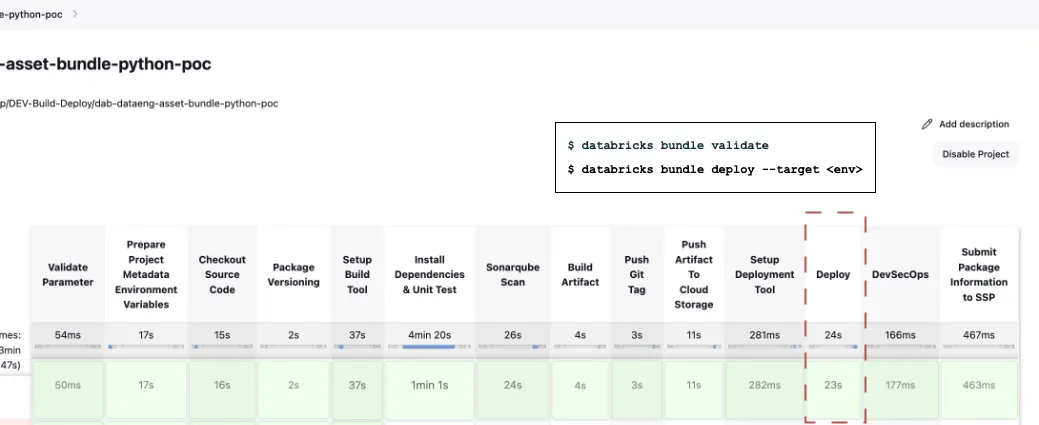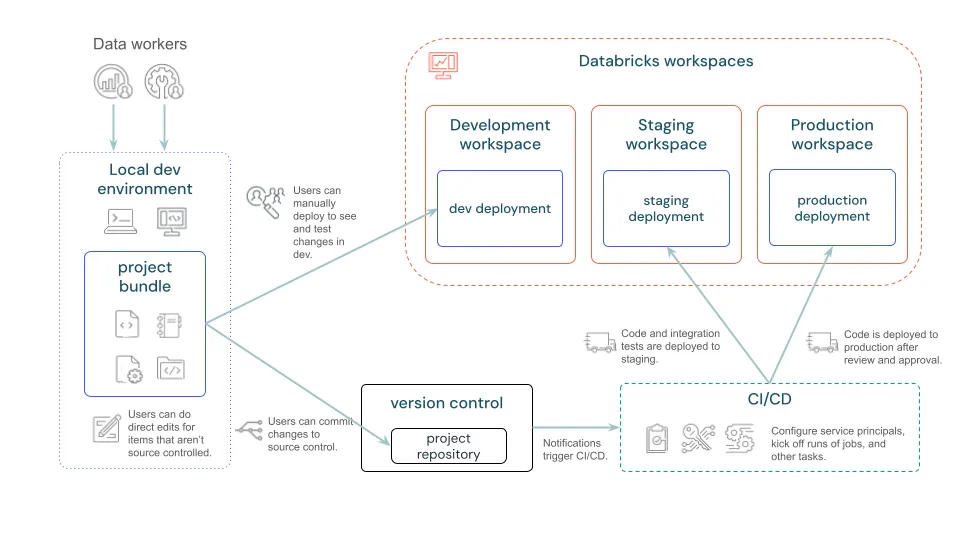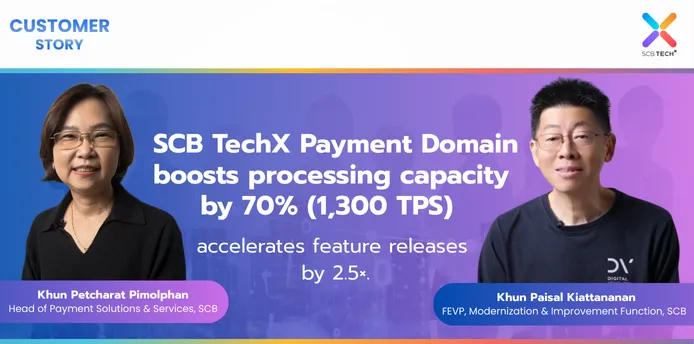
Databricks has become the go-to platform for unifying data, AI, and analytics. But as projects grow, so does the challenge of managing jobs, pipelines, ML models, and infrastructure consistently across dev, staging, and production.
That’s where Databricks Asset Bundles (DAB) come in.
Think of them as the Infrastructure-as-Code (IaC) framework for Databricks—a declarative way to define, version, and automated deploy all your Databricks resources.
What are Databricks Asset Bundles ?
Databricks Asset Bundles are a tool to facilitate the software engineering best practices, including source control, code review, testing, and CI/CD, for your data and AI projects.
A Databricks Asset Bundle is a YAML configuration file that declares the resources your project needs:
- Jobs
- Pipelines
- Volumes and schemas
- etc.
Here’s a simple bundle example (bundle.yml):
bundle:
name: my-sample-bundle
resources:
jobs:
daily-sales-job:
name: "Daily Sales Report"
tasks:
- task_key: run-notebook
notebook_path: ./notebooks/sales_report
compute:
type: serverless
databricks bundle validate
databricks bundle deploy
databricks bundle run daily-sales-job
Get Started
1. Install Databricks CLI (Latest Version)
pip install databricks-cli --upgrade
2. Verify Databricks CLI installation
databricks --version
3. Initialize a Bundle
databricks bundle init
Choose a template (e.g., default-python).
Example Use Case : Multi-Environment Deployment
Folder layout:
├─ databricks.yml
├─ targets/
│ ├─ dev.yml
│ ├─ stg.yml
│ └─ prod.yml
└─ resources/
└─ jobs.yml
databricks.yml
bundle:
name: my-lakehouse
include:
- targets/*.yml
- resources/*.yml
Example targets :
targets/dev.yml
targets:
prod:
workspace:
host: https://adb-222222222222.11.azuredatabricks.net
root_path: /Shared/bundles/my-lakehouse/dev
run_as:
service_principal_name: spn-my-lakehouse-dev
variables:
env: dev
uc_catalog: dev_catalog
targets/prod.yml
targets:
prod:
workspace:
host: https://adb-333333333333.12.azuredatabricks.net
root_path: /Shared/bundles/my-lakehouse/prod
run_as:
service_principal_name: spn-my-lakehouse-prod
variables:
env: prod
uc_catalog: prod_catalog
Shared resources:
resources/jobs.yml
resources:
jobs:
etl_daily:
name: etl-daily-${var.env}
tasks:
- task_key: run
notebook_path: ./notebooks/etl_daily
compute:
type: serverless
task_parameters:
- name: UC_CATALOG
value: ${var.uc_catalog}
Now you can deploy per environment:
databricks bundle deploy --target dev
databricks bundle deploy --target stg
databricks bundle deploy --target prod
Asset Bundles : Key Advantages
- Consistency → Same definition works in dev, staging, and prod.
- Version Control → Store configs in Git, enabling history, pull requests, and rollbacks.
- Governance → Bundles enforce IaC best practices, aligning with enterprise compliance.
- Automation → CI/CD pipelines can deploy automatically from Git
Integrated with CI/CD

Example of Databricks Job deployed by Asset Bundles
Conclusion
Databricks Asset Bundles bring reliability, governance, and automation to data/AI workflows. You can scale smoothly from dev to prod with the same codebase and only environment-specific overrides.
If your team is still using manual UI configs, Now is the right time to adopt Asset Bundles. They’re the future of CI/CD on Databricks.






